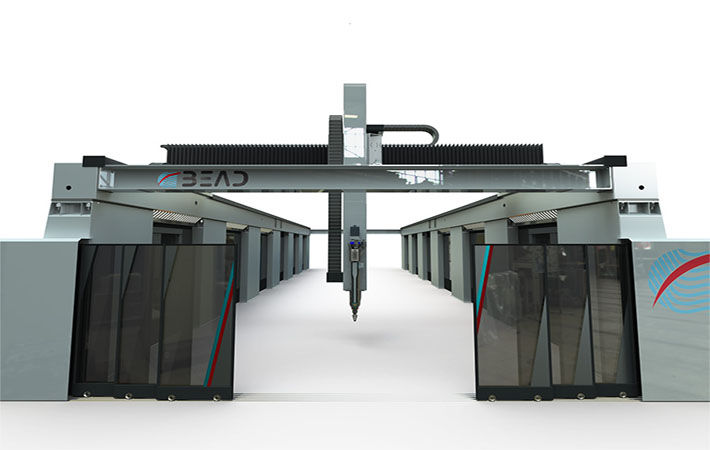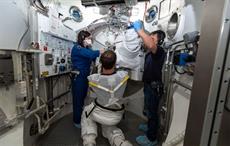The Netherland’s CEAD and Italy’s Belotti have entered into a strategic partnership that combines the expertise of the two - additive and subtractive manufacturing – to bring out a solution. Combining the two processes makes 3D printing the near net shape of a part possible, followed by milling it to the required tolerances with a CNC milling machine.
Belotti, located in Suisio, Italy, is a 40-year experienced leader in the design, manufacturing, marketing and sales of 3 and 5 axis CNC milling centres for composites, light alloy and advanced material. CEAD, located in Delft, The Netherlands, is on the frontier of composite additive manufacturing specialising in large-scale 3D printing technology which has brought multiple 3D printing solutions into the industry.The Netherland's CEAD and Italy's Belotti have entered into a strategic partnership that combines the expertise of the two - additive and subtractive manufacturing – to bring out a solution. Combining the two processes makes 3D printing the near net shape of a part possible, followed by milling it to the required tolerances with a CNC milling machine.#
“This partnership is a great opportunity for the development of our companies both for technological growth and the growth of human capital. The young spirit of our companies and the passion for technology will be the ingredients that will allow us to get out of these complicated years and look to the future with enthusiasm and confidence,” explains Umberto Belotti, CEO at Belotti.
By itself, large-scale additive manufacturing can not deliver the finish and tolerances subtractive manufacturing offers. On the other hand, subtractive manufacturing is accompanied by a lot of waste, which large-scale additive manufacturing is not. Combining these processes gives the best of both worlds - making it possible to 3D print the near net shape of a part and afterwards milling it to the required tolerances with a CNC milling machine.
CEAD and Belotti have taken the combination of these two processes a step further by developing a hybrid machine, introduced as the BEAD. With this machine, the overall business investment in new machinery will be lower. The BEAD requires less space and programming than two separate systems, and because one does not have to move the produced parts between machines, one reduces handling time and work in process.
Numerous configurations of the BEAD are possible ranging in build volume, output, spindles, and position of the heads. All machines will be equipped with Siemens Sinumerik CNC automation system, as the Siemens control system has proved itself to be a strong system to both parties in their current machines.
The Sinumerik CNC automation system is characterised as a highly productive automation solution across all production domains. Based on the openness of Sinumerik, the operation can be supplemented and adapted, which makes it a perfect fit for the BEAD. All components of the system work together in a fully integrated system. Which allows the user to control and monitor all activities through the Sinumerik control panel/ HMI.
“This is the start of a great partnership. We will start our focus on the maritime and aerospace sector, producing molds, tooling, or even end parts, but this is only the beginning. We see many applications to which this solution can make a sustainable and time-effective change,” explains Lucas Janssen, CEO at CEAD. Fibre-reinforced thermoplastic materials will be used in the process, ranging from commodity materials to high-performance materials with glass, carbon or natural fibres.
Fibre2Fashion News Desk (SV)


